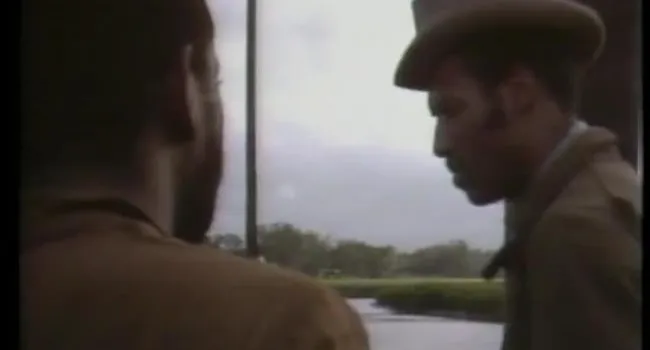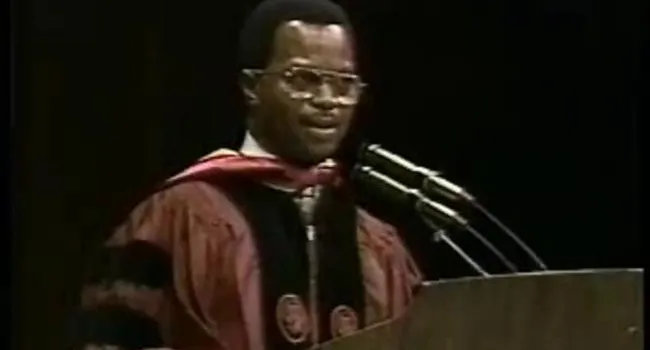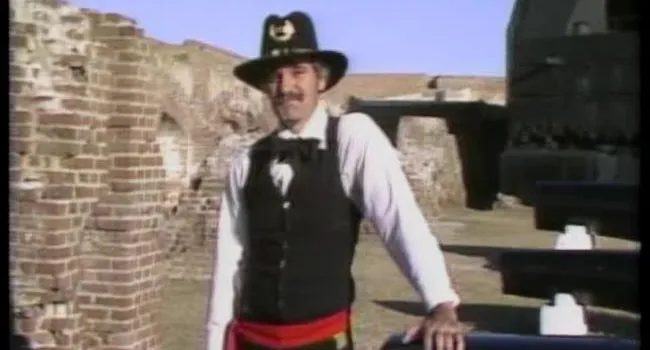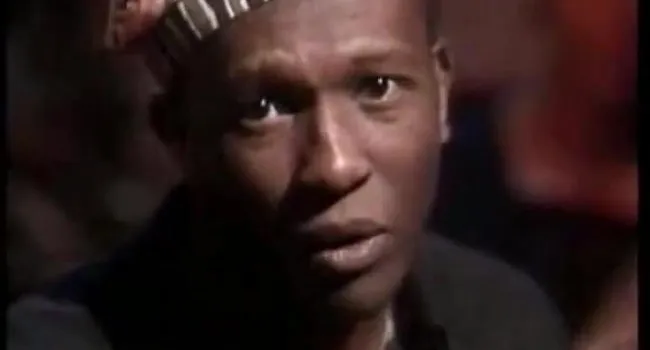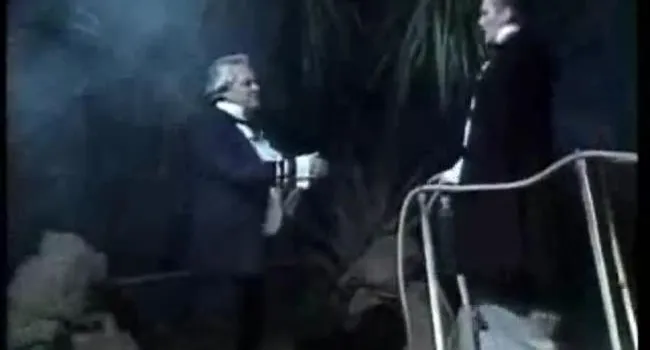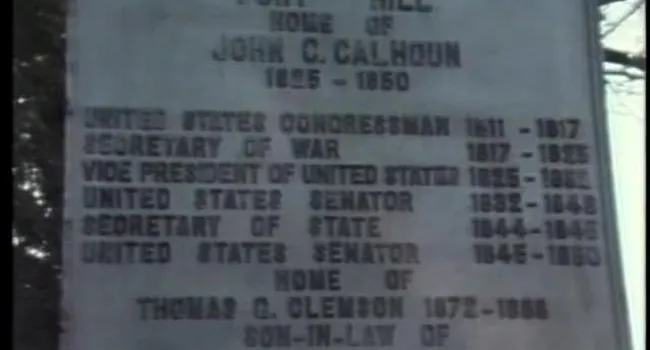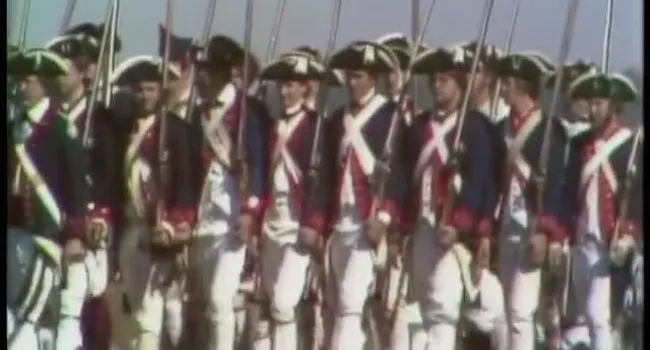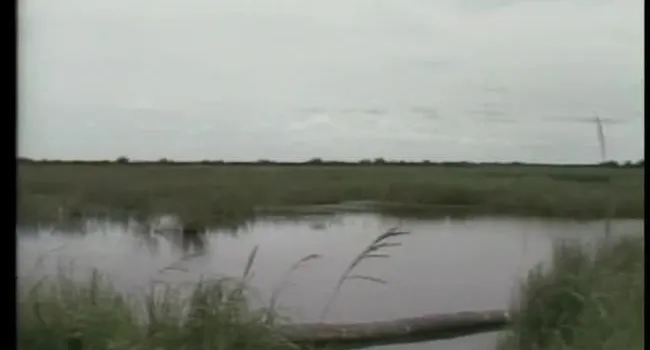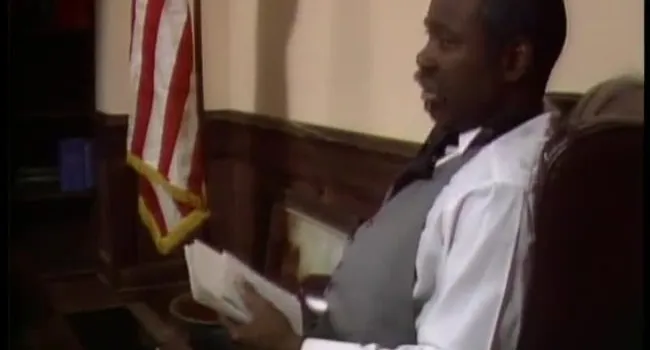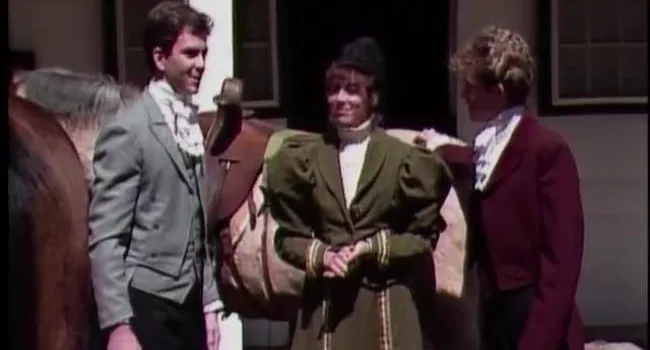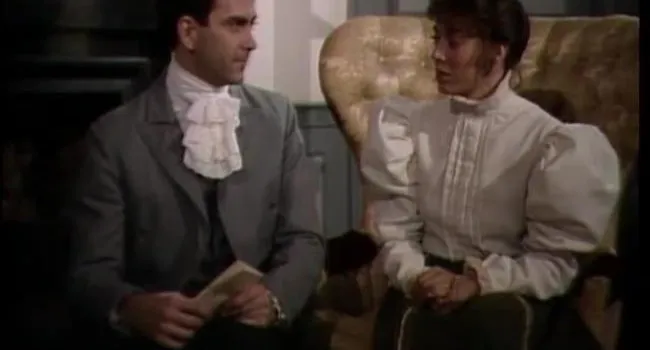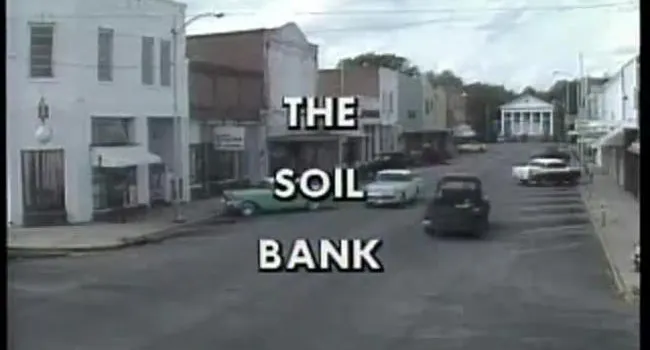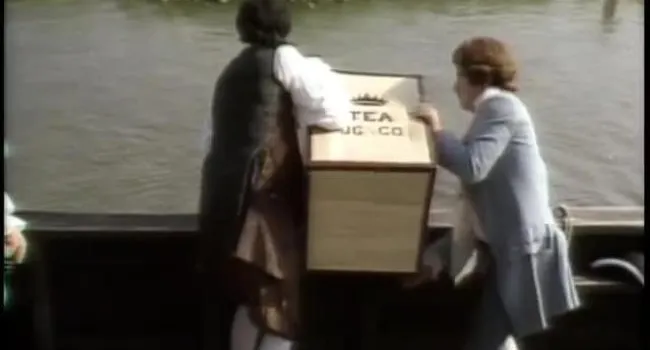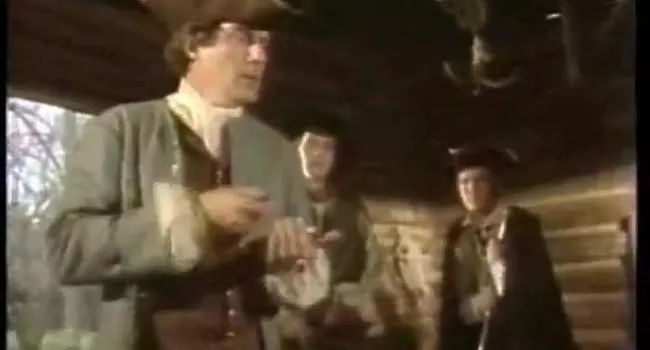The host ties the reenactment together at various intervals in the story in various spots around Columbia that are particularly associated with Sherman's invasion, such as the area across the Congaree River where Mayor Goodwyn surrendered the city to General Sherman; the ruins of Millwood, Wade Hampton's old home on the eastern side of Columbia, and the former home of Emma LeConte on the University of South Carolina Campus.
REENACTMENT: Emma LeConte was a precocious seventeen-year-old girl when Sherman occupied the city. Her father was a professor at the South Carolina College (now the University of South Carolina). She kept a diary for several months chronicling the approach, occupation and burning of the city of Columbia by General Sherman's troops. The reenactment is based on excerpts from her diary.
BACKGROUND: The Union victories at Vicksburg and Gettysburg introduced the final phase of the Civil War. In March 1864, Grant assumed General Command of the Union Armies. He took personal command of the Army of the Potomac and began to move slowly, but relentlessly, against Lee's smaller army At the same time, General William T. Sherman moved south and east from Chattanooga, Tennessee into Georgia. On September 2, 1864 Atlanta burned.
After leaving Atlanta in ruins, Sherman's march through Georgia to the sea further fragmented the South, which had already been split vertically by Union victr:ries in the river valleys of the West. Sherman pursued a policy of destroying factories, warehouses, bridges, railroads and anything else that might contribute to the Confederate cause while his troops "lived off the land." Sherman's Army spent the Christmas holidays in Savannah By January 1865, rumors of impending doom for Columbia were circulating in the capital city. There were questions as to whether Columbia or Charleston would be his major target.
In early January 1865, Sherman received Grant's approval of his plans to occupy Columbia. In all, approximately 58,000 men began to march from Savannah to Columbia. There was confusion among the Confederates as to his route, but by the first of February it was clear that Columbia was the projected target. He approached the city from Savannah in two flanks The town of Barnwell was burned as was part of Orangeburg and Winnsboro.
There were skirmishes at Blackville, Williston and Aiken. Hatred for South Carolina as the leader in secession caused even more general burning and plundering than in Georgia. By the night of February 15, only fifteen days after the invasion of South Carolina had begun in earnest, the Union Army was within about four miles of Columbia. On February 16, Sherman issued Special Field Order No. 26 giving instructions for the occupation of Columbia. For all practical purposes, the war was over and had been so for many months. The South was devastated. The Confederate forces in South Carolina were no match for Sherman's troops.
Upon his approach, Columbia's Mayor Goodwyn surrendered the city. Many of the city's inhabitants and most of the military had fled days earlier. Many federal troops ran rampant, drunk and uncontrolled while others tried to maintain order. Panic and confusion, however, reigned. Bales of cotton, intended to be removed from the city, were left in the streets by the fleeing Confederates. By the early morning hours of February 17, much of the city was in flames The fire raged in Columbia for five hours, accompanied by a riot that had built steadily in confusion and intensity so that most control was lost over the city. By Friday morning, February 18, 1865, over one third of the city lay in black, burnt ruins.
There has been much written about the burning of the city of Columbia, and who in fact was actually responsible for the conflagration. There are those who contend that hasty and unwise decisions by General Hampton, et al, left the city in a r.ulnerable position for Sherman's entry, while others support the view that General Sherman entered the city with the intention of destroying it or at least with the knowledge that his troops harbored strong feelings against South Carolina and Columbia and that he made little or no effort to control them once they arrived, thus allowing the city to burn.
Standards
- 4.4.CE Explain the effects of military strategies utilized by the Union and the Confederacy.
- This indicator was developed to encourage inquiry into the effects of military strategies to include but not limited to : wartime technologies, the Anaconda Plan, conscription, and Sherman's March to Sea.
- 4.4.CX Contextualize South Carolina’s experience during the Civil War.
- This indicator was developed to encourage inquiry Ito the relationship between the Civil War and the experiences of women, African Americans, and the planter class in South Carolina.
- 8.3.CE Examine consequences of the major Civil War military strategies.
- This indicator was designed to encourage inquiry into the Civil War focusing on the impacts of military strategies and major turning points on South Carolina and the U.S.







